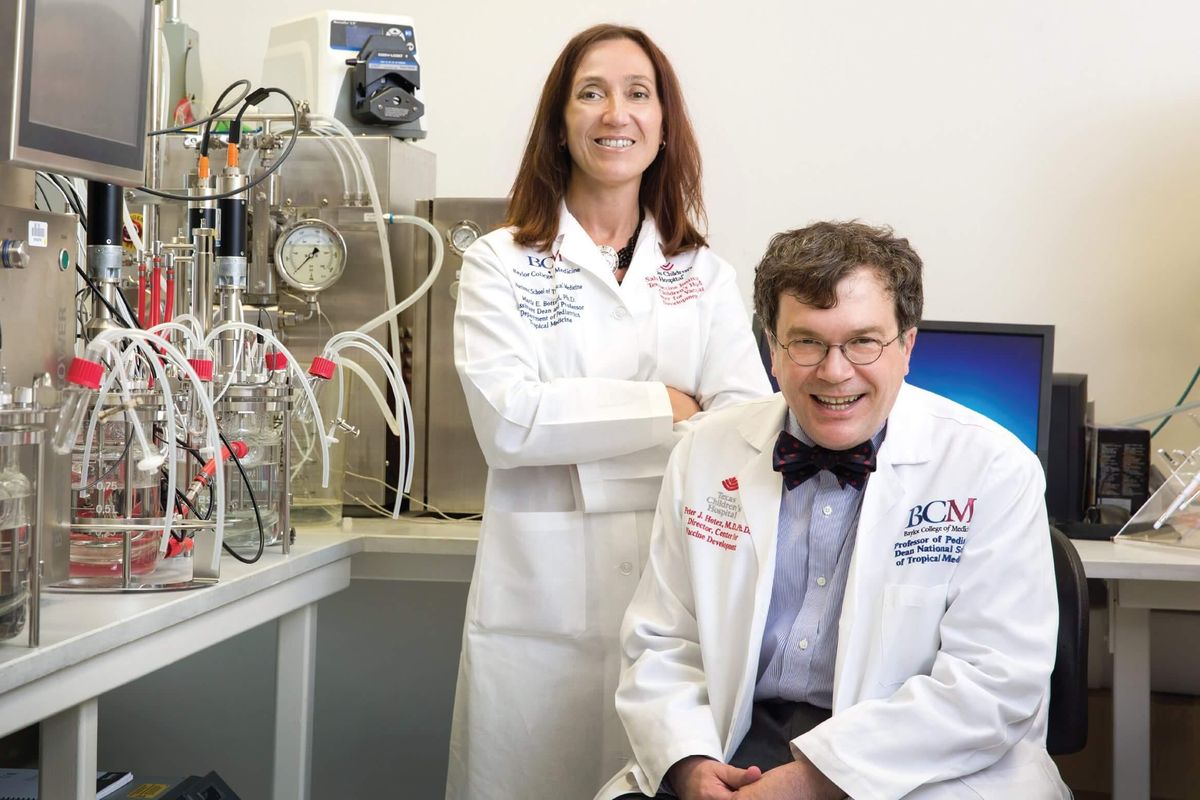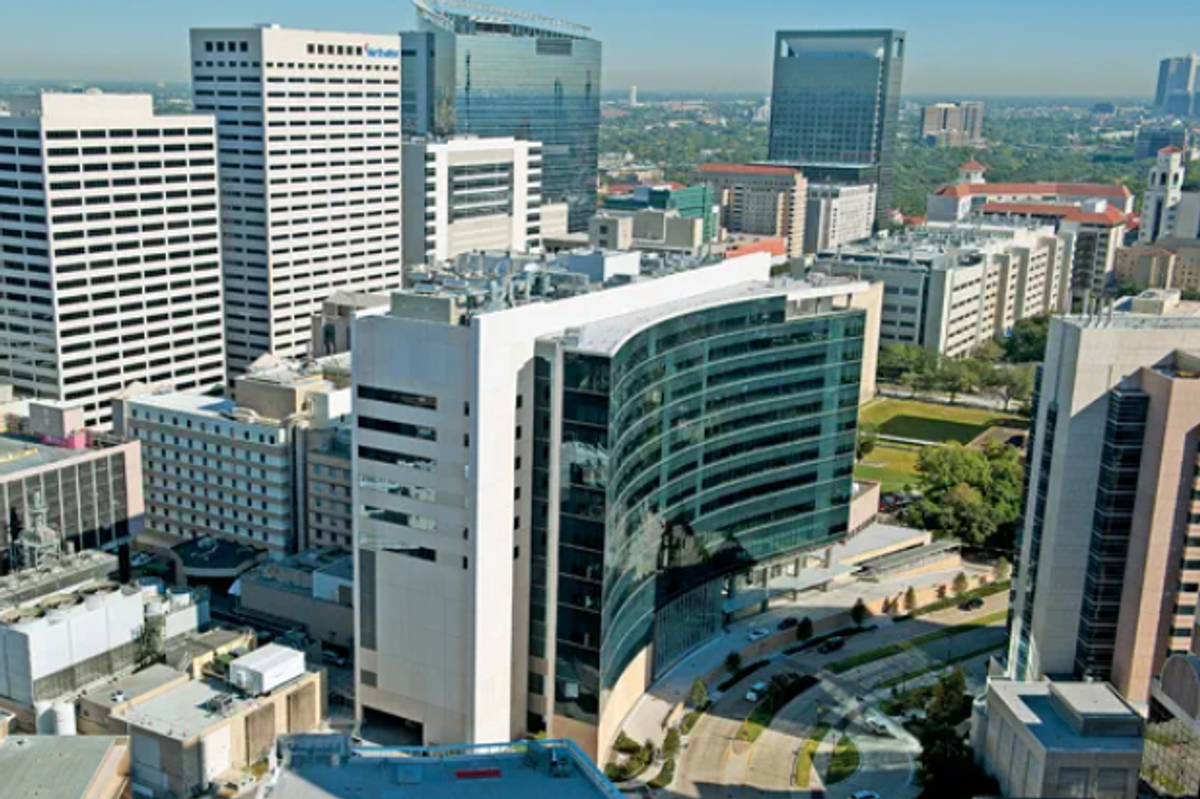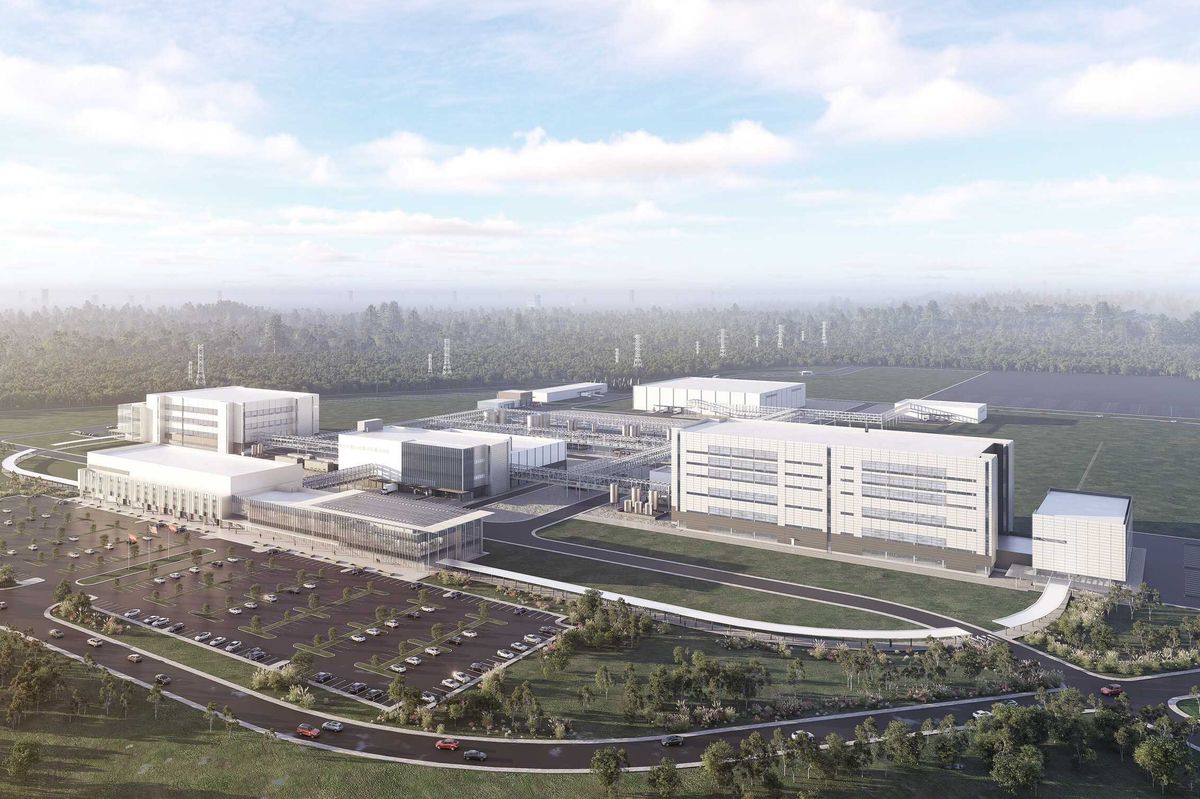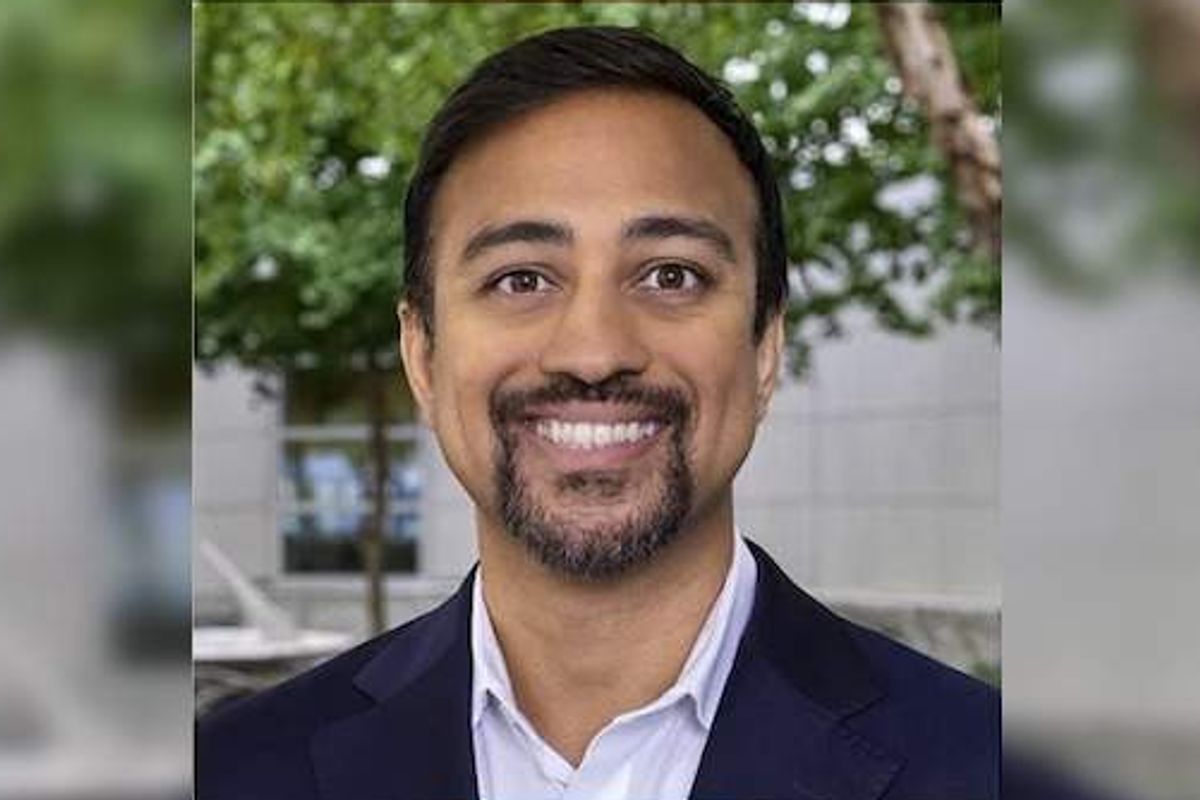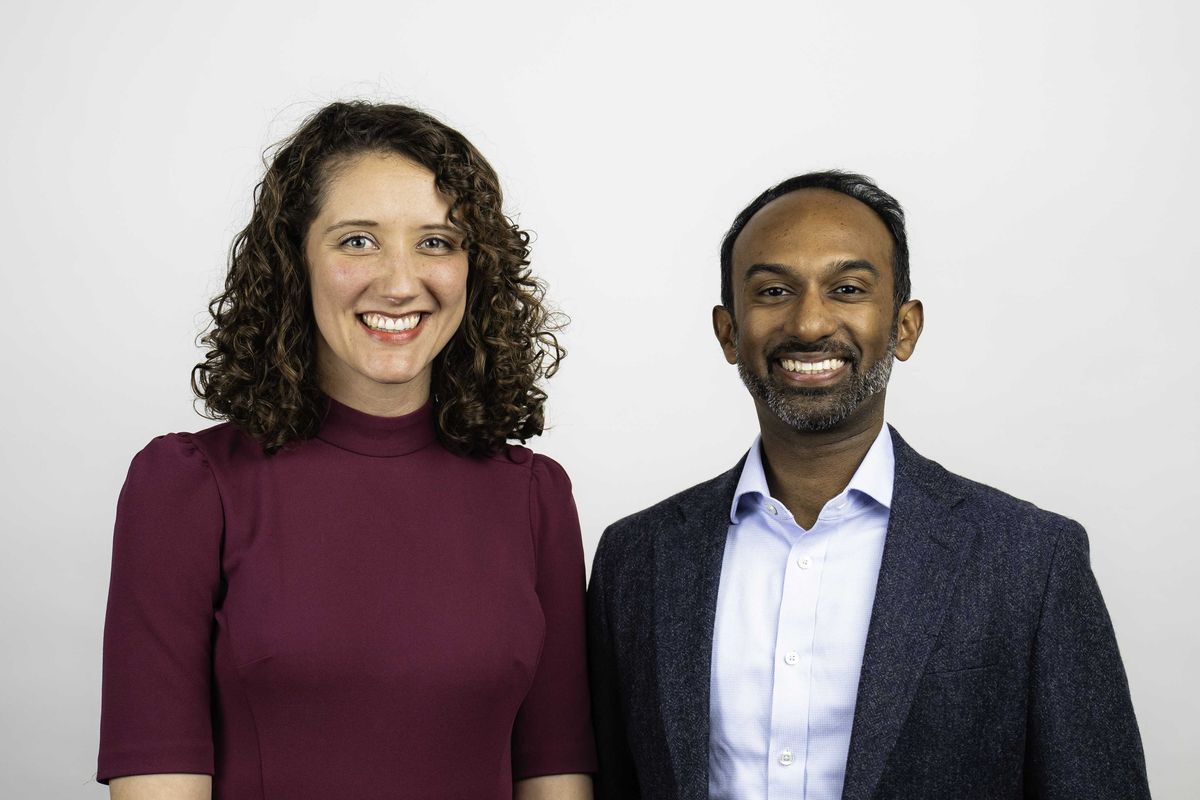Advancing innovation in disaster relief will need local and federal support, says Houston panel
risk mitigation
As Houstonians know more than most, a natural disaster can set a thriving city back millions. And, as it seems, these natural disasters aren't going anywhere. The question innovators, governments, insurance companies, and affected citizens keep asking is "what can be done?"
"Over the past decade we've been in and out of several disasters in the billions of dollars of impact," says Richard Seline, managing partner at ResilientH2O Partners. "But it's not without response."
Governments are deploying billions into fixing infrastructure, and Seline gathered risk mitigation experts for a conversation and startup pitch session as a part of Houston Tech Rodeo to discuss the future of this field. The experts weighed in on how risk mitigation and disaster prevention is going to need to be supported by both local and national governments.
Pamela Williams, executive director at BuildStrong Coalition, says she's been in the industry for decades now and has observed new financial support opportunities coming in at a federal level. These entities are looking for cost effective, risk reducing technologies. Innovators can think of these resources as seed funds — with a very high return on investment.
"Investments pre-disaster to draw down risk will save us … up to $11 for every $1 invested," she says on the panel. "Pre-disaster mitigation is where it's at."
And the solutions can't just come from one office within the national government — it needs to be a collaborative effort, she adds.
"We have got to provide flexibility, consistency — and truly be able to leverage all of these resources together so that we can do these transformational unthought of projects," Williams says.
Local governments are also tasked with increasing focus and funding on disaster prevention — maybe even more so than federal agencies, says Ron Prater, executive director at Big City Offices of Emergency Management.
"All disasters are local," he explains. "Locals have to be ready. ...Feds have money and resources but they aren't going to come in and save the day."
Governmental support is going to be needed to advance risk mitigation technology and innovation, but entrepreneurs might also have to seek aid elsewhere.
"While there are funds available for entrepreneurs and innovators, the fact is it will not always come from the government," Seline says. "There are billions of dollars of insurance, reinsurance, and non-traditional financing beginning to emerge — most of it centered around insuratech."
Williams says companies have a unique role to play in the continued conversation of driving these types of inventions.
"Our private sector partners have the ability to convene people," she says, "and bring perspectives to the table that have never before been there to come up with creative solutions."
Cultivating diverse thought leadership is crucial to the equation, says panel moderator Landi Spearman, generational and change management consultant at Organized Shift, who explains that Houston is an especially strategic place for this innovation to occur, since it's the most diverse big city in the country.
"When we think about resilience and people, we get to leverage our diversity of perspective. You get to bring yourself to the solution and you get to include others," she says.
There are a few types of exciting technologies emerging in resilience innovation — from finding ways to optimize and assist brokers and carriers as well as the equipment, technology, and data that's coming out of the public-private sector. One that interests Prater in particular is the opportunity to collect data.
"AI and machine learning are going to improve how (emergency managers) get situation awareness — how accurate it is and how timely it is," he says. "One of their main goals is to share as much information as possible."
The panel concluded with three startup pitches from NanoTech, a fireproofing and insulation product; IVPAir, a device that kills COVID-19 germs right from the air; and Climaguard, a weatherproofing invention to protect cars.

